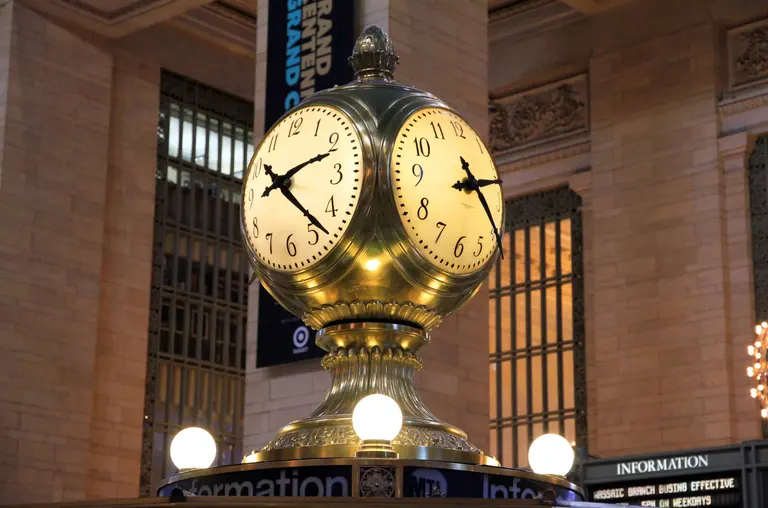
Grand Central’s Main Concourse Clock, via Wikimedia Commons
Did you know Grand Central’s clock is worth $20M?
READ MORE

Grand Central’s Main Concourse Clock, via Wikimedia Commons
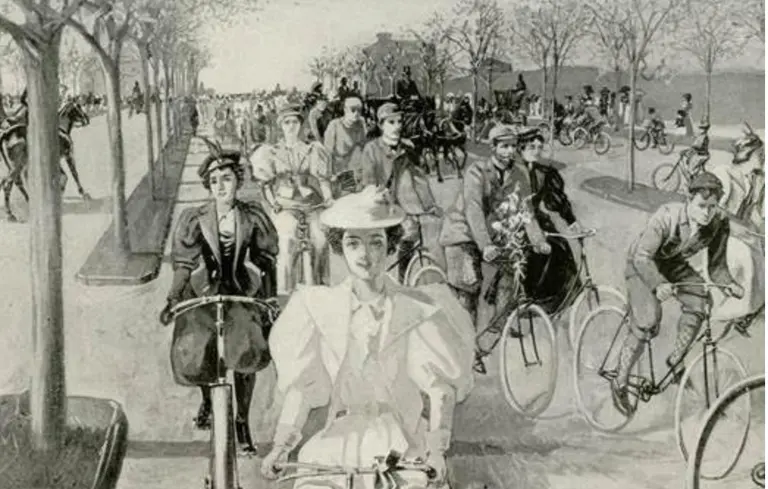
New York Awheel―On the Riverside Drive, Near the Great Monument, Munsey’s Magazine, May 1896, Illustrator: J.M. Gleeson, Private collection courtesy of the Museum of the City of New York
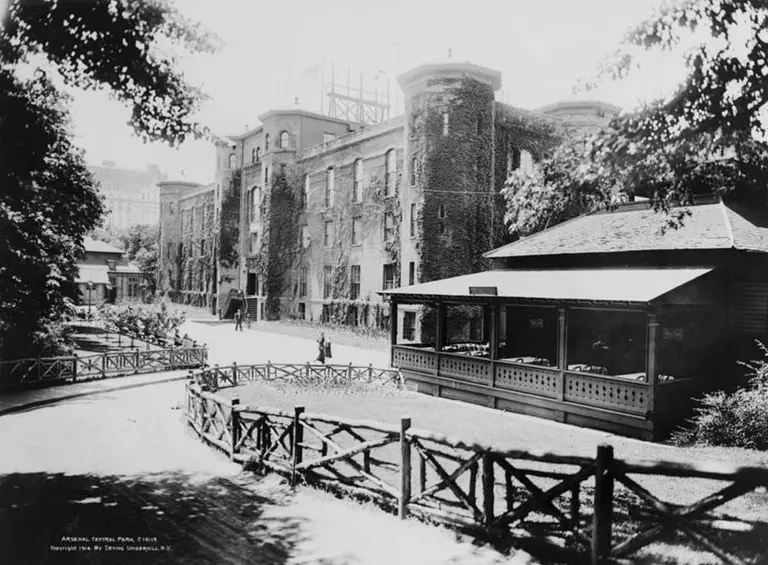
The Arsenal c. 1914, via Library of Congress
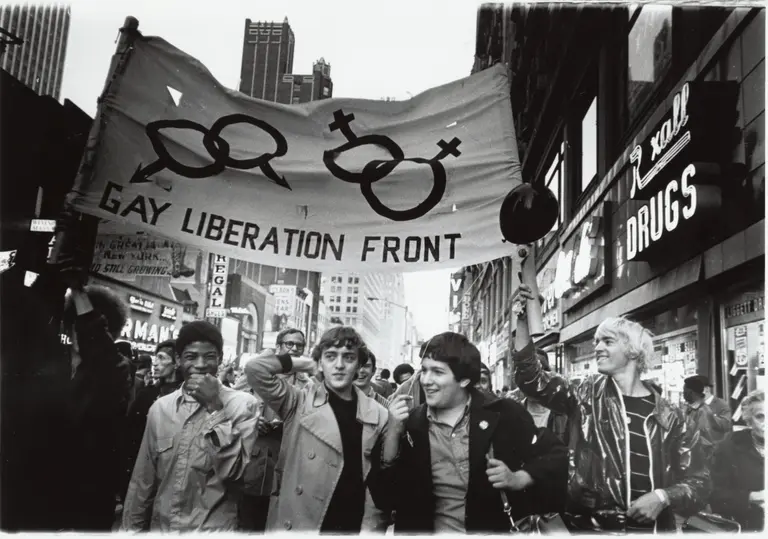
Photo by Diana Davies, Gay Liberation Front marches on Times Square, New York, 1970. Courtesy of New York Public Library, Manuscripts and Archives Division
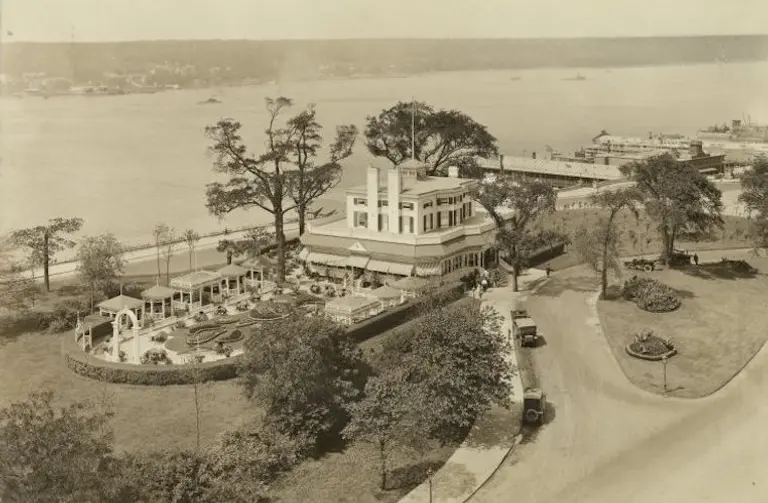
Irma and Paul Milstein Division of United States History, Local History and Genealogy, The New York Public Library. (1887 – 1964). Parks – Riverside Park – West 122nd Street; Via NYPL Digital Collections
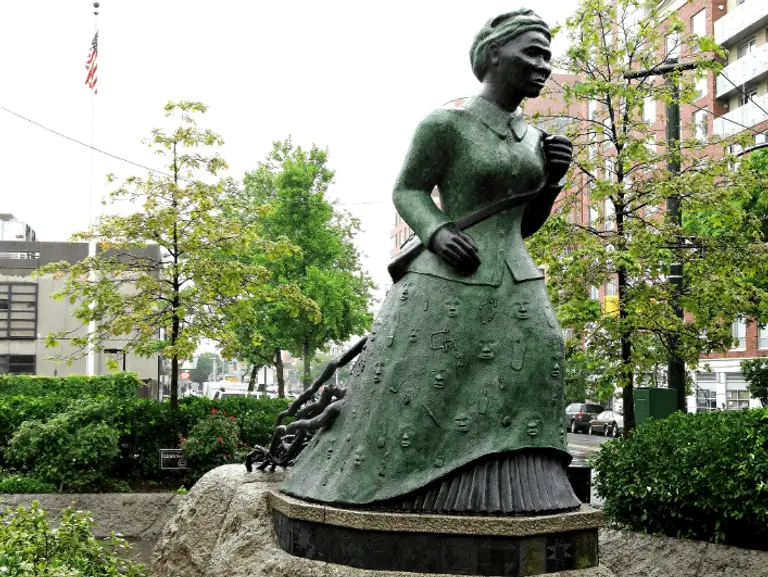
Photo of Harriet Tubman Memorial, “Swing Low,” in Harlem via denisbin on Flickr
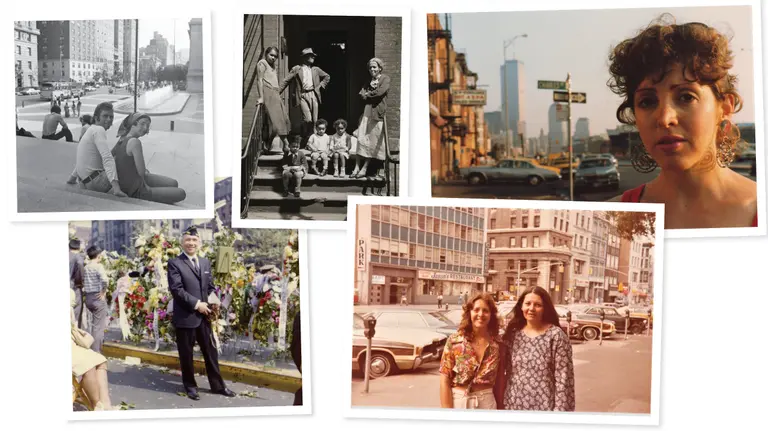
Image courtesy of Urban Archive. Photo credits, clockwise from top left: 1, 2, Museum of the City of New York; 3, 4, Greenwich Village Society for Historic Preservation; 5, Museum of Chinese in America
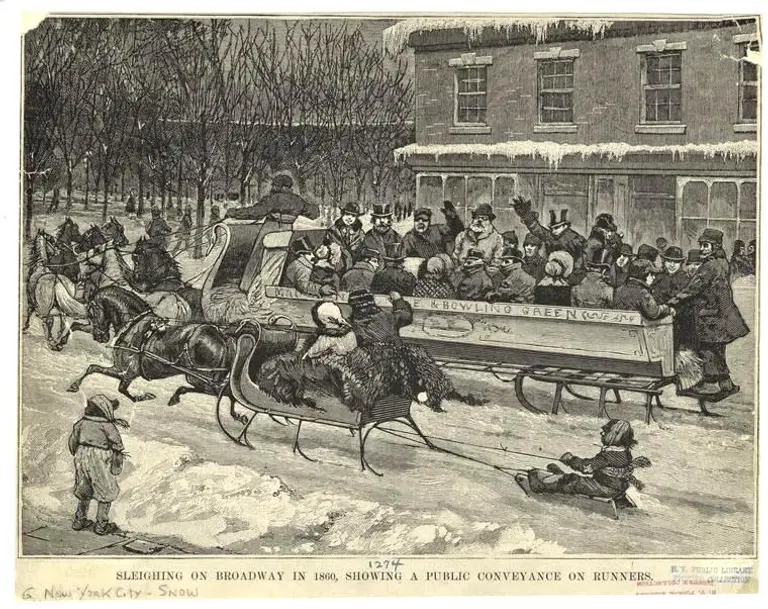
Image: NYPL
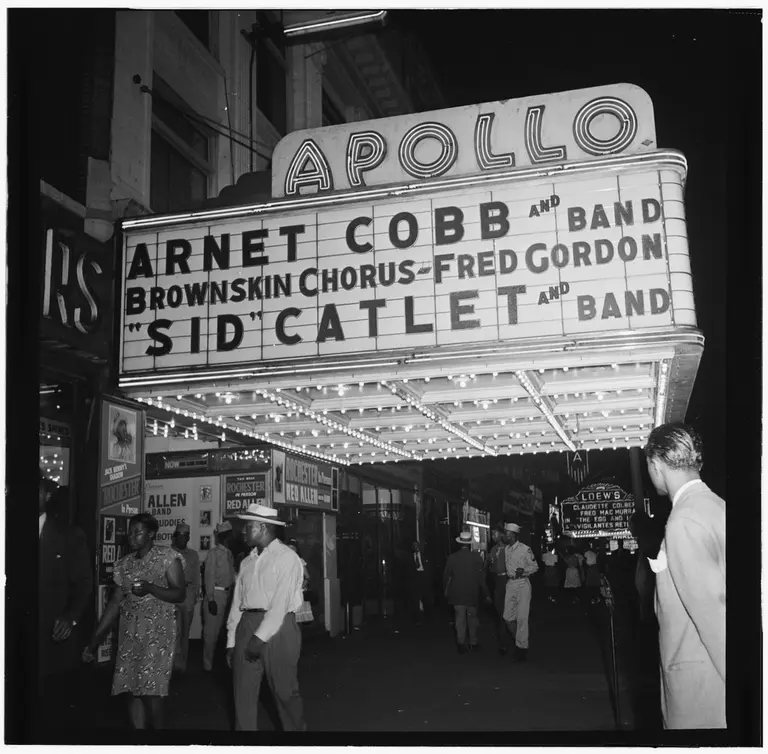
The Apollo Theater c. 1946, via Library of Congress
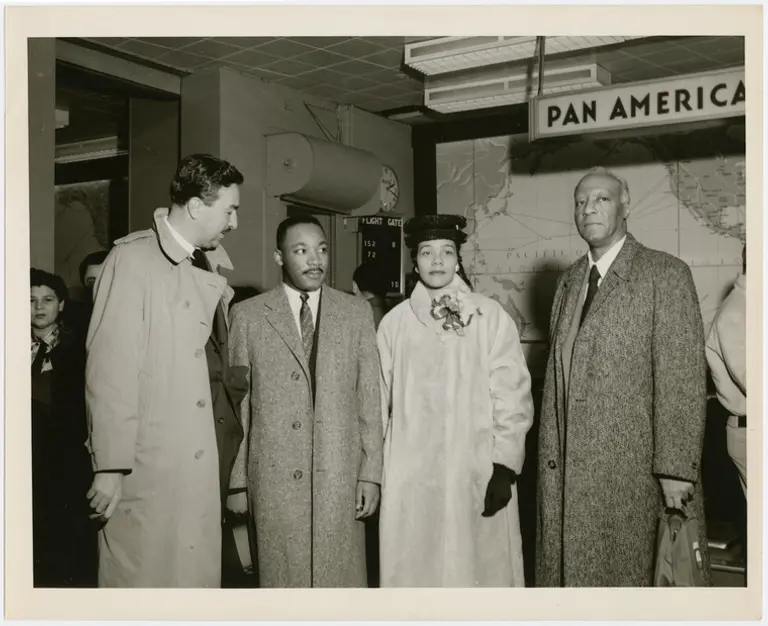
Dr. Martin Luther King, Jr. and his wife Coretta being greeted by Rev. Adam Clayton Powell, Jr. (left) and labor leader A. Philip Randolph (right) at the Pan American World Airways terminal, in New York City: Image: Schomburg Center for Research in Black Culture, Photographs and Prints Division, The New York Public Library. (1950 – 1959).
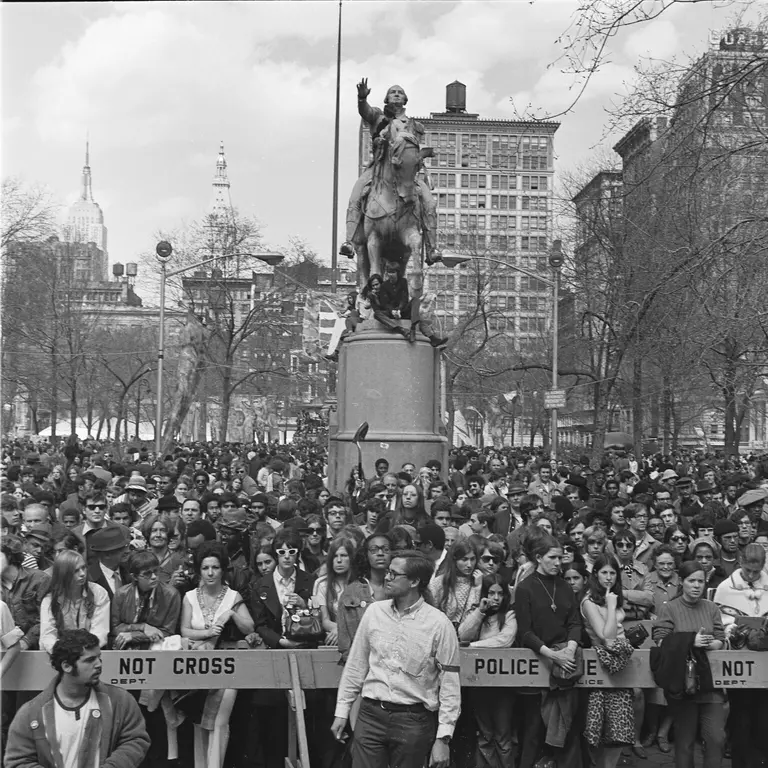
First Earth Day, April 22, 1970. View of crowds in Union Square, NYC Parks Photo Archive, Neg #53262_28. All of the photos in this post are courtesy of the Parks Department.
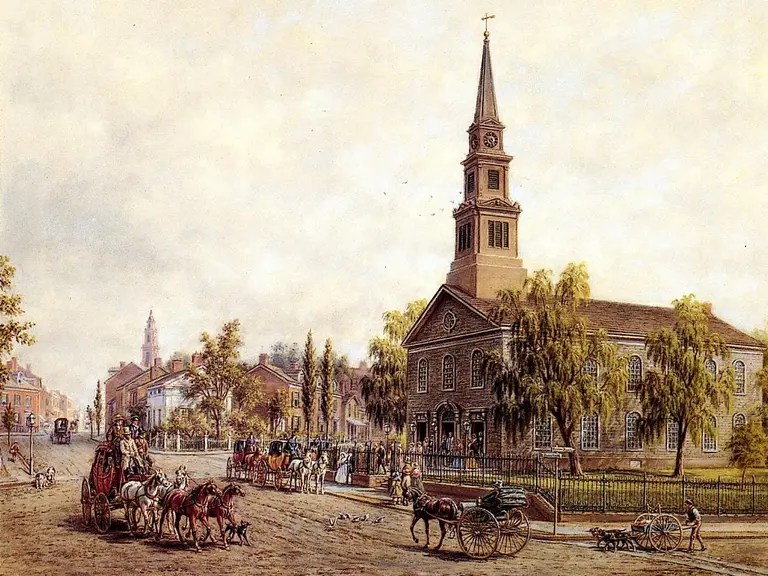
The area in the 1840s, via Wiki Commons
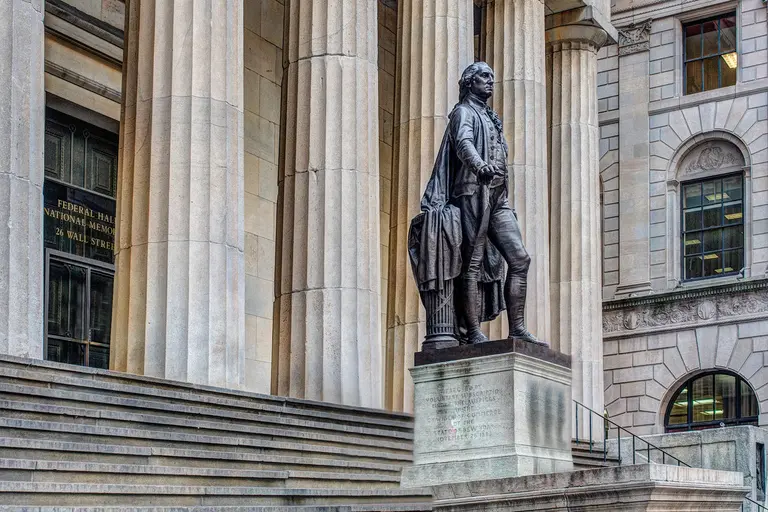
Photo of Federal Hall and the George Washington statue, via John Schiller/Flickr cc
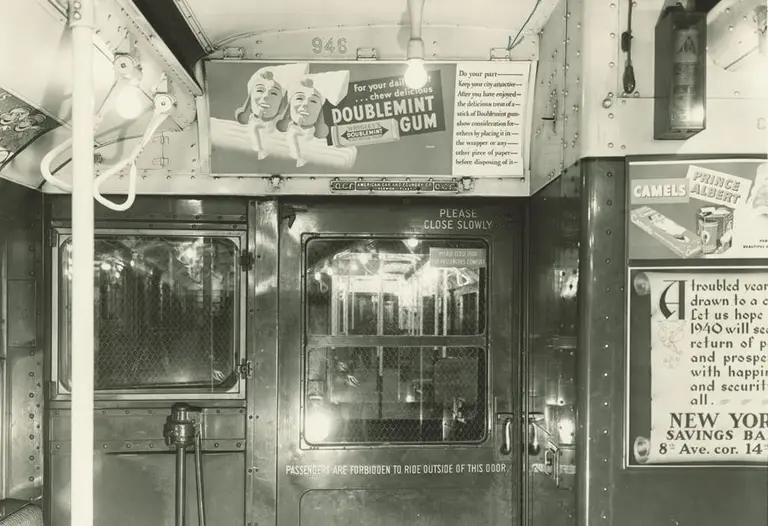
Gum, and Gum disposal, advertising on the 8th Avenue IND, via The Municipal Archives
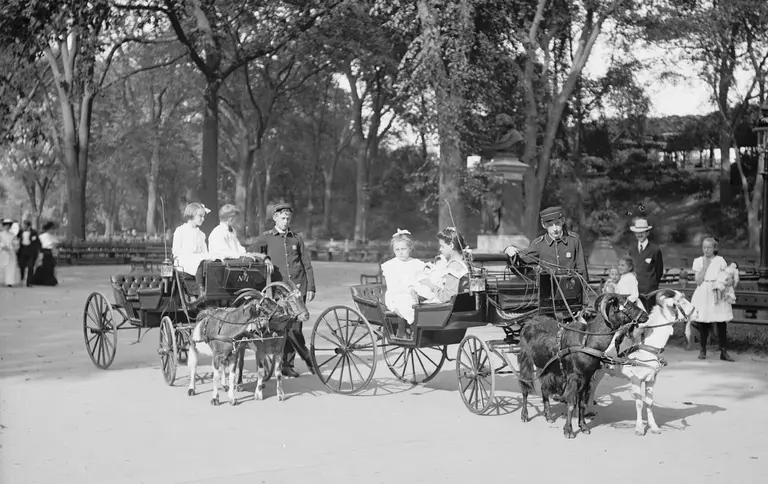
Goat carriages in Central Park via Library of Congress